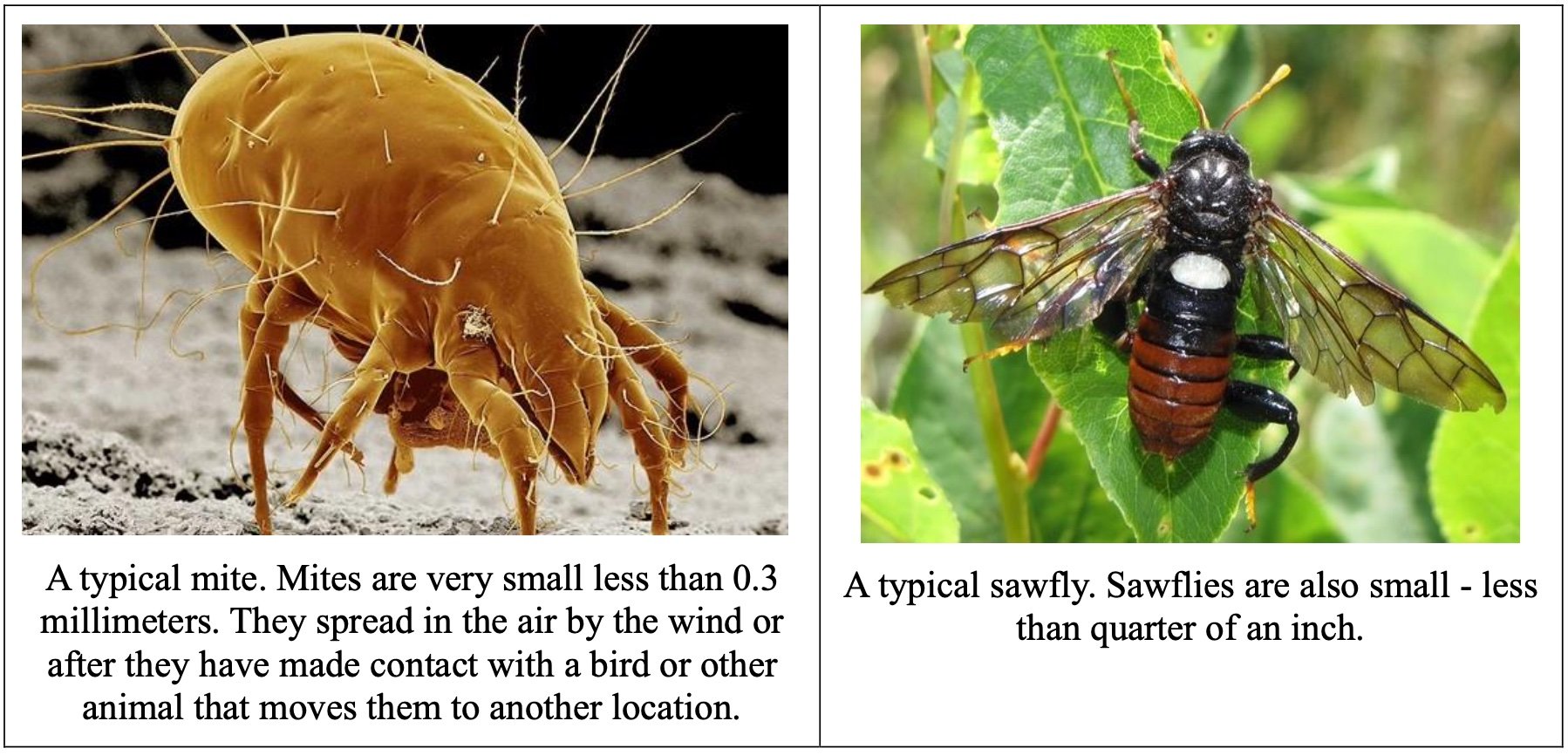Peñasquitos Canyon Has a Lot of Gall.....s
By Les Braund
When we walk through the canyon we seldom are bothered by bugs. Actually, there are thousands of bugs flying around all the time. We may find a bee hive on occasion or a swarm of bees but generally few insects. In the spring and summer there are butterflies and moths. But no other noticeable insects.
If you know where to look and what to look for, the evidence of insects abounds. What am I talking about? Plant galls. Recently Mary Lueking and I went for a walk from the Camino del Sur trailhead to the bottom of the Camino Ruiz trail on the south side of the creek. On that short walk we found a number of galls.
Galls are formed mostly by insects laying their eggs on various parts of the plants. A small number are formed by bacteria, fungus, mildews, and mistletoes. Plant galls are deformities on plants. These deformities can occur on leaves, branches, flowers, tree trunks, or on acorns. Galls are rich in nutrients.
Galls have been used by man for thousands of years. The galls of oak trees contain tannins. Oak apple galls, pictured in this article, were gathered, dried and ground into a fine powder, boiled and mixed with iron filings to make lasting ink. This type of ink was used by Leonardo da Vinci for his artwork and both the Magna Carta and the Constitution of the United States were written using oak gall ink. The ink was called galactic ink! You can still buy galactic ink on the internet.
One genus of insects producing galls are cynipid wasps.
Galls can also be created by mites (arachnids) and sawflies.
The study of galls created by insects is called cecidology. Galls created by bacteria and molds, etc., are considered plant pathology.
I am using a field guide by Ronald A Russo, a former naturalist with California Fish and Wildlife, to identify the galls I find. Like many field guides, the author lives in northern California, consequently the guide has a bias towards toward the northern part of the state. The most recent book is considered to be the “catalog” of known galls for southern California.
Ron Russo has written three guides since 1979 and in each one he has identified many more galls. In his most recent guide, he pictures 47 species that the insect creating the gall that are unidentified.
Galls don't occur on all plants, just a few. In our canyon, galls appear primarily on oaks, willows, and Baccharis species. Several other species host gall-inducing insects. Each insect species produces distinct forms of galls on specific plants. Here is a partial list of plants that host galls: poison oak, Artemisia, Ribes, Vitis, Ceanothus, Isocoma, Ericameria, cottonwood, Gnaphalium, rose, and manzanitas. Oaks by far host the most galls of any species.
Using the information that I have, Oak trees in the southwest harbor the largest number of known galls: 95; while cottonwood and their relatives host just 24 along with willows also at 24. For all other species the numbers may be as low as only a single species of gall known to affect the plant.
There are fourteen basic types of galls pictured below. Using this as a guide, I have been able to identify a number of galls.
We found several specimens that are not described. We found one each on Chamise and black sage. I believe it is likely that looking closely we could find a fair number of unidentified galls.
We have all heard that all things are connected. Well, here is the connection between galls and ground foragers. As I mentioned above, galls are nutrient sinks. Many ground dwellers search the leaf litter for galls of various types. Bird like thrashers, towhees, and quail, along with ground squirrels, all seek out galls.
Galls take many forms. From simple to complex. Rolled leaf and folded leaf are very simple. Below is a chart of the various forms.
Here is a sampling of the galls we saw on our short hike.








